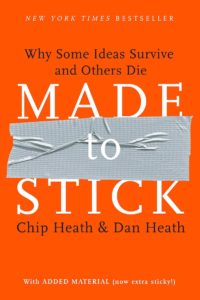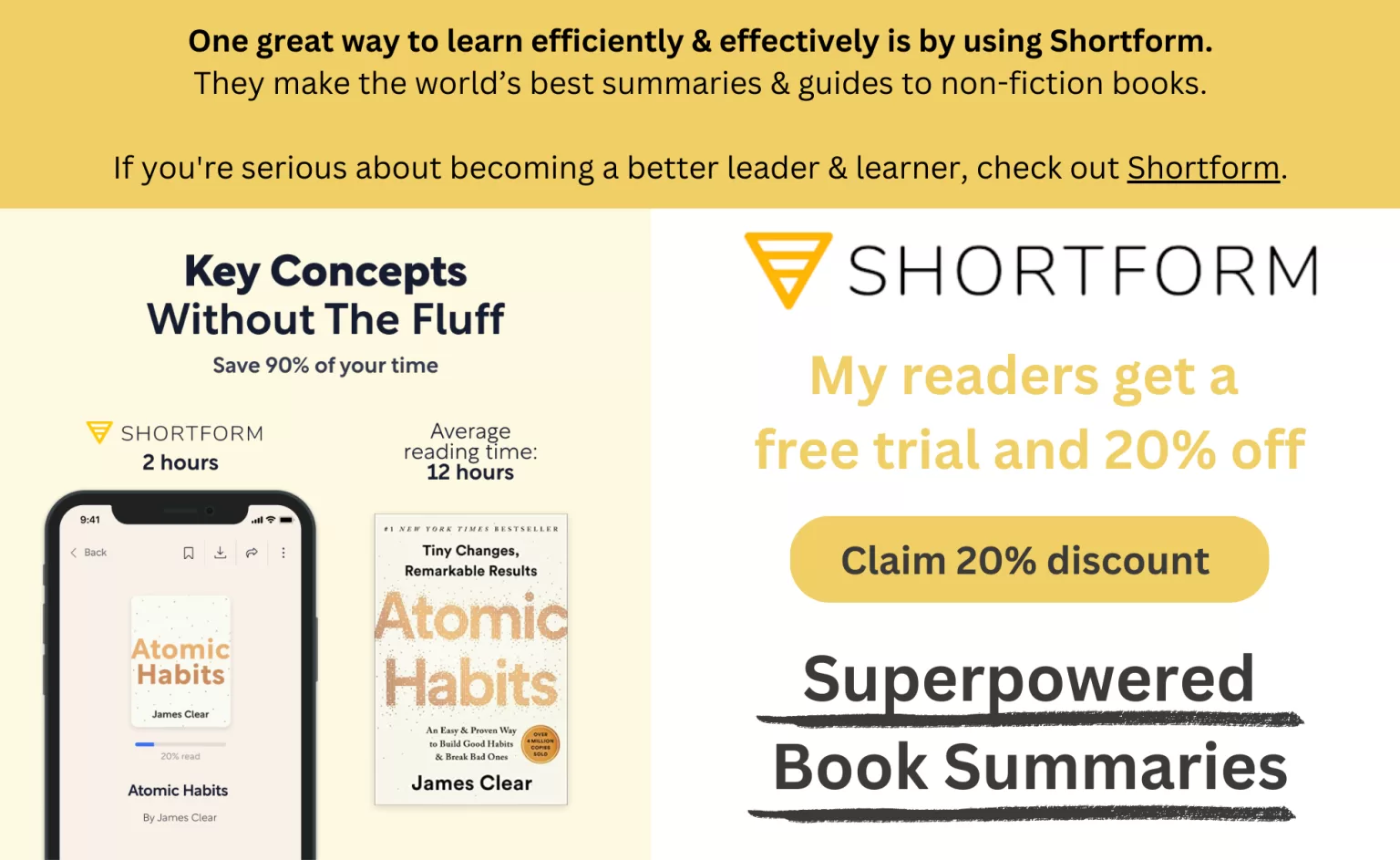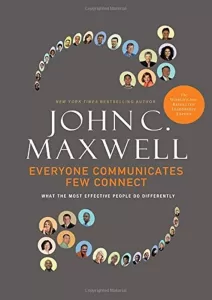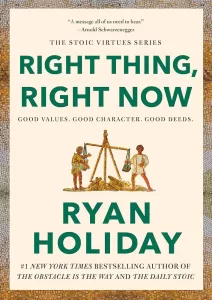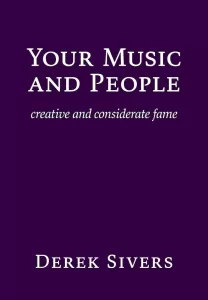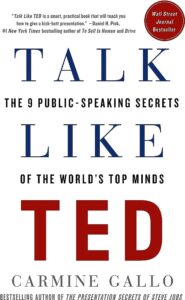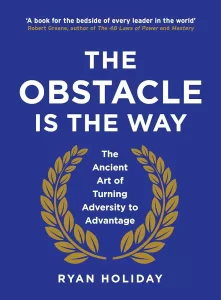Book Review: “Made to Stick”
Book: Made to Stick by Chip Heath and Dan Heath
Reviewer: Bobby Powers
My Thoughts: 10 of 10
This is arguably the best business book I've ever read. Chip and Dan Heath provide powerful stories, relevant examples, and instructional workshops that teach how to craft better messages for your audience. It's one of the best books out there for marketers, teachers, and just about anyone who wants to get an idea into the minds of others.
Takeaways from the Book
SIMPLICITY
- “If you have to tell someone the same thing ten times, the idea probably wasn’t very well designed. No urban legend has to be repeated ten times.”
- “A successful defense lawyer says, ‘If you argue ten points, even if each is a good point, when they get back to the jury room they won’t remember any.’ To strip down an idea to its core, we must be masters of exclusion. We must relentlessly prioritize…Proverbs are the ideal. We must create ideas that are both simple and profound.”
- “When you say three things, you say nothing. When your remote control has fifty buttons, you can’t change the channel anymore.”
- “A designer knows he has achieved perfection not when there is nothing left to add, but when there is nothing left to take away.” -Antoine de Saint-Exupery
- “People are tempted to tell you everything, with perfect accuracy right up front, when they should be giving you just enough info to be useful, then a little more, then a little more.”
- “Analogies make it possible to understand a compact message because they invoke concepts that you already know.”
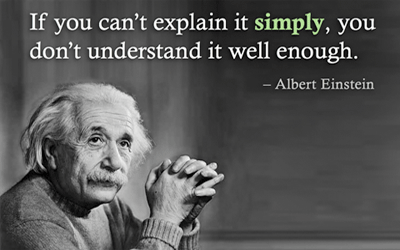
UNEXPECTEDNESS
- “We can engage people’s curiosity over a long period of time by systematically ‘opening gaps’ in their knowledge—and then filling those gaps.”
- “Mysteries are powerful because they create a need for closure.”
- “If you want your ideas to be stickier, you’ve got to break someone’s guessing machine and then fix it.”
- Gap Theory = “The goal is not to summarize; it’s to make you care about knowing something, and then to tell you what you want to know.”
CONCRETENESS
- “Mission statements, synergies, strategies, visions—they are often ambiguous to the point of being meaningless. Naturally sticky ideas are full of concrete images...because our brains are wired to remember concrete data.”
- “Abstraction makes it harder to understand an idea and to remember it. It also makes it harder to coordinate our activities with others, who may interpret the abstraction in very different ways.”
- “Concreteness is a way of mobilizing and focusing your brain.” (Example: Name as many white things as possible in 15 seconds. Okay, great. How big is your list? Now try the test again, but name as many white things as possible that are located in a refrigerator. Easier, right? That concreteness helps your brain narrow in on a smaller, more manageable assignment.)
CREDIBILITY
- “The takeaway is that it can be the honesty and trustworthiness of our sources, not their status, that allows them to act as authorities. Sometimes antiauthorities are even better than authorities.” (Example: A lifelong smoker with emphysema can be a powerful "antiauthority" for a non-smoking campaign.)
- “The use of vivid details is one way to create internal credibility—to weave sources of credibility into the idea itself. Another way is to use statistics…Statistics are rarely meaningful in and of themselves. Statistics will, and should, almost always be used to illustrate a relationship. It’s more important for people to remember the relationship than the number.”
EMOTIONS
- “Research shows that people are more likely to make a charitable gift to a single needy individual than to an entire impoverished region. We are hired to feel things for people, not for abstractions.”
- “The goal of making messages ‘emotional’ is to make people care. Feelings inspire people to act.”
- “[John] Caples says companies often emphasize features when they should be emphasizing benefits. ‘The most frequent reason for unsuccessful advertising is advertisers who are so full of their own accomplishments (the world’s best seed!) that they forget to tell us why we should buy (the world’s best lawn!).’”
STORIES
- “Mental practice alone—sitting quietly, without moving, and picturing yourself performing a task successfully from start to finish—improves performance significantly…Overall, mental practice alone produced about two thirds of the benefits of actual physical practice.”
- Three basic plots compose the majority of amazing stories: 1) The Challenge Plot 2) The Connection Plot 3) The Creativity Plot
- "The problem is that when you hit listeners between the eyes they respond by fighting back. The way you deliver a message to them is a cue to how they should react. If you make an argument, you’re implicitly asking them to evaluate your argument—judge it, debate it, criticize it—and then argue back, at least in their minds. But with a story, Denning argues, you engage the audience—you are involving people with the idea, asking them to participate with you.”
- “Stories focus people on potential solutions. Telling stories with visible goals and barriers shifts the audience into a problem-solving mode.”
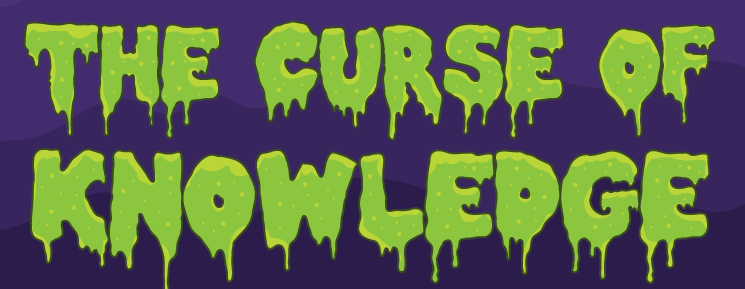
The Enemy: The "Curse of Knowledge"
- “Once you know something, it’s hard to imagine not knowing it. And that, in turn, makes it harder for you to communicate clearly to a novice.”
- “One of the worst things about knowing a lot, or having access to a lot of information, is that we’re tempted to share it all.”
- “When a CEO urges her team to ‘unlock shareholder value,’ that challenge means something vivid to her. As in the Tappers and Listeners game, there’s a song playing in her head that the employees can’t hear. What does ‘unlocking shareholder value’ mean for how I treat this particular customer? What does being the ‘highest-quality producer’ mean for my negotiation with this difficult vendor?"
Think you’d like this book?
Other books you may enjoy:
Other notable books by the authors:
Want to become a stronger leader?
Sign up to get my exclusive
10-page guide for leaders and learners.
